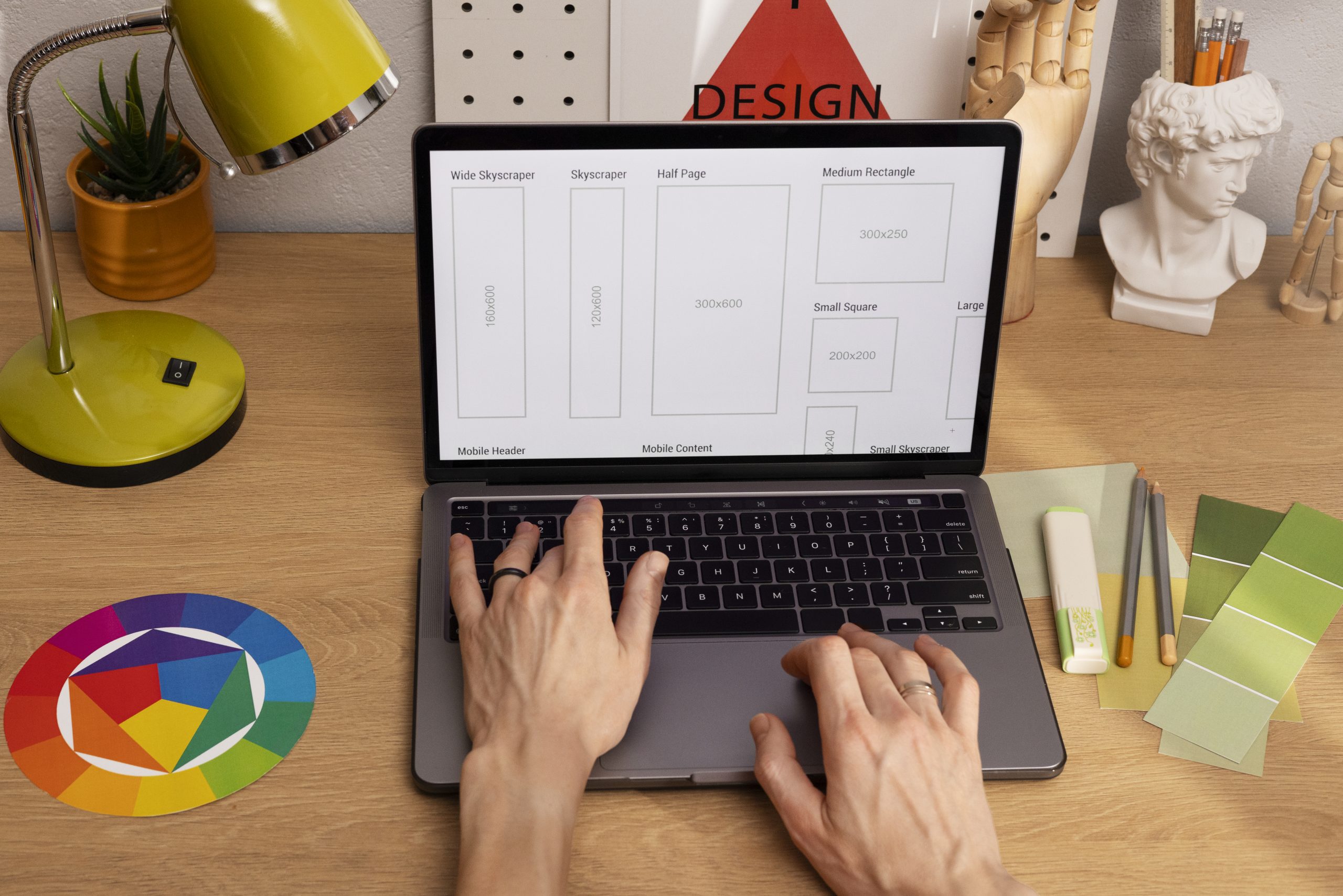
Embarking on a graphic design project can be an exciting journey. Whether you’re refreshing your brand, launching a new product, or creating compelling marketing materials, preparation is key. By taking a few essential steps before you even brief a designer, you can set the tone for a successful collaboration and a stunning final product. Here’s your ultimate checklist to get you ready.
1. Define Your Goals and Vision
Before you reach out to a designer, take some time to clarify your objectives and vision. Ask yourself:
– What are the primary goals of this project? (e.g., increasing brand awareness, driving sales, educating your audience)
– Who is your target audience? (age, gender, interests, etc.)
– What message do you want to convey?
Having a clear understanding of your goals and vision will help you communicate better with your designer and ensure the design aligns with your business objectives.
2. Organize Your Content
Having your content ready is crucial. Here’s what you need to prepare:
– Text: Finalize all written content, making sure it’s clear, concise, and error-free. This includes headlines, body text, and any calls to action.
– Images: Gather high-quality images that are relevant to your project. Stock photos, product images, or team photos should be high resolution.
– Brand Assets: Ensure you have your logo, colour palette, and fonts ready. Providing these upfront will help maintain brand consistency.
3. Research and Create a Mood Board
A picture is worth a thousand words. Instead of just describing your vision, show it! A mood board can include:
– Designs you admire: Look at competitors or brands outside your industry for inspiration.
– Colour schemes and typography: Choose colours and fonts that align with your brand’s personality.
– Visual elements: Patterns, textures, and other graphical elements that resonate with your brand’s identity.
4. Define Your Specifications
Knowing exactly what you need will save time and avoid confusion. Consider:
– Dimensions and Formats: Specify the size and format for each design element (e.g., social media posts, website banners, printed flyers).
– Platform Requirements: Different platforms have different requirements. Ensure you know the specs for each platform where the design will be used.
5. Set a Realistic Budget
Understanding your budget will help you and your designer set realistic expectations. Think about:
– Scope of Work: Be clear about how many design pieces you need and any additional elements like animations or illustrations.
– Quality vs. Cost: High-quality design can be an investment. Make sure your budget aligns with your expectations for quality.
6. Develop a Project Timeline
Good design takes time. Plan and set a realistic timeline. Consider:
– Project Milestones: Break down the project into phases, such as initial concepts, revisions, and final delivery.
– Designer’s Availability: Discuss timelines with your designer to ensure they can meet your deadlines.
7. Write a Clear Brief
Your design brief is the blueprint for your project. A well-crafted brief should include:
– Project Overview: A summary of what you need and why.
– Target Audience: Detailed information about who the design is for.
– Objectives: What you want to achieve with this design?
– Content: All text, images, and brand assets should be provided in an organised manner.
– Inspirations and Preferences: Your mood board and any specific design preferences.
– Timeline and Budget: Clear deadlines and budget constraints.
8. Prepare for Feedback and Iteration
Design is an iterative process. Be ready to:
– Provide Constructive Feedback: Be specific about what you like and what needs changes.
– Collaborate: Work with your designer, valuing their expertise and suggestions.
– Stay Flexible: Be open to revisions and new ideas that may enhance the final product.
Conclusion
By preparing thoroughly before engaging a graphic designer, you make their job easier and set the stage for a successful partnership and a design that truly reflects your vision. Follow this checklist, and you’ll be well on your way to creating compelling, effective visual content.
Ready to get started? Let’s design something amazing together!





